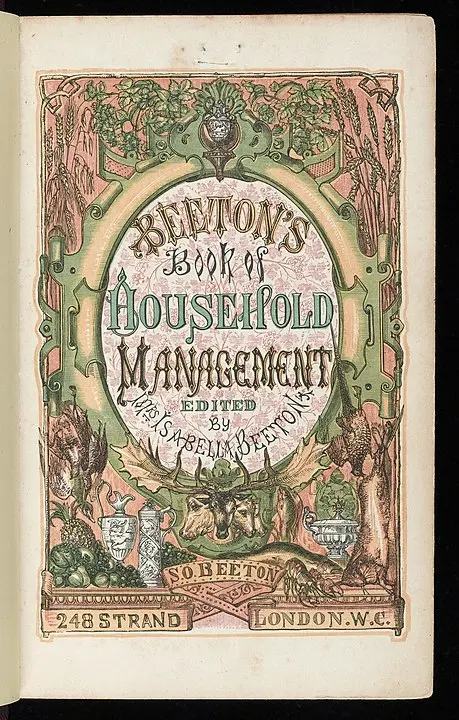In the 18th, 19th and early 20th centuries, truffles were prepared in very different ways to today. At this time, imported Black Winter (Périgord) truffles from parts of Italy and the south of France were sold both fresh and preserved. During the season, fresh truffles could be procured in Covent Garden market. Preserved truffles, usually immersed in oil and the air excluded, were sold in tins or bottles from shops like Fortnum and Mason’s and Crosse and Blackwell’s. All was, however, not quite as it appeared. It is claimed that consumers were being cheated. Rumours abounded that more than three-quarters of the truffles sold at Covent Garden in London were grown under Wiltshire beech trees. They went from village labourers through the hands of “wicked middlemen” and were sold as Périgord truffles. (For more about this, see the “Buying” section of our page on The History of English Truffles). Here we look at some classic, olde ways of eating truffles.
In December 1938, The Times ran an article about English Truffles headlined ‘Truffles to Seek: A Subterranean Harvest’. André Simon, a French-born wine merchant, gourmet, and prolific wine writer who lived in England, wrote to the newspaper, saying that he had never tasted English truffles. His published letter in turn, produced bulging bags of mail from readers who were passionate about English truffles, and had fond memories of eating them. One writer said his mother had them fried and then simmered in stock, but by far the most common method of eating them was well boiled (or baked) and served hot in a napkin. The skin was cut off (not an easy operation when they were hot!). They were eaten with butter, some people added salt and pepper.From people’s comments “they had a wonderful nutty flavour”, “they are food for the Gods”. This latter method is given below by Mrs Beeton as “Truffles au Naturel”.
The Modern Cook by Mr. Vincent la Chapelle, Chief Cook to the Earl of Chesterfield (1733)
As well as recipes scattered through the book that contain truffle, he has several recipes where truffles are the main ingredient. You can read these below. Note the archaic form of the letter “s” is written as “f” – “house” would be written “houfe”. The recipes are for:
- Truffles done au court Bouillon
- Truffles the Italian Way
- Truffles the Provencal Way
- Another Ragoût of Truffles
Mrs Beeton’s Book of Household Management (1861)

Mrs Beeton’s Book of Household Management sold nearly two million copies by 1868. Between 1875 and 1914 it was probably the most often-consulted cookery book. She was aware of English Truffles knowing they are found on the downs of Hampshire, Wiltshire, and Kent in forests with dry light soils. She included several truffle recipes in her book:
- Truffles au Naturel – Truffles are cleaned and wrapped in buttered paper, baked for an hour and served in a hot napkin.
- Truffles with Champagne – They are stewed with bacon, carrot, turnip, onions, herbs, champagne and stock.
- Italian Mode of Dressing Truffles – The truffles are sliced and baked with oil, salt and pepper parsley, garlic, mace and lemon-juice.
- Truffles a L’Italienne– Truffles are sliced and sautéed with parsley, shallot, salt, pepper, and butter before being heated in gravy, lemon juice and cayenne.
If you are inspired by Mrs Beeton, the full recipes are available below.
Gilbert White
Gilbert White (1720-1793), the pioneering English naturalist, ecologist and ornithologist, wrote about truffles 20 times in his letters later published as The Natural History of Selborne. He had truffles growing in the hedges of his garden in the Hampshire village of Selborne. White only mentions cooking them once: Stewed some trufles: the flavour of their juice very fine, but the roots hard, & gritty. They were boiled in water, then sliced, & stewed in gravy.
Patching Pie
The West Sussex village of Patching was known for its truffles with them celebrated in a Patching Truffle Pie. This contained veal, fat ham, lean ham, goose livers and shallot. It was topped with sliced truffles and a pastry lid then baked. Prior to serving, the lid was lifted and a glass of Madeira was poured in!
